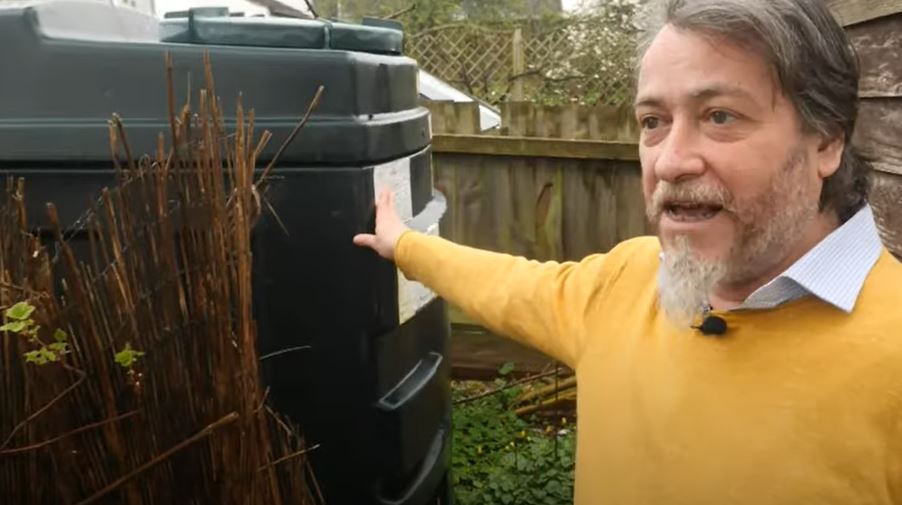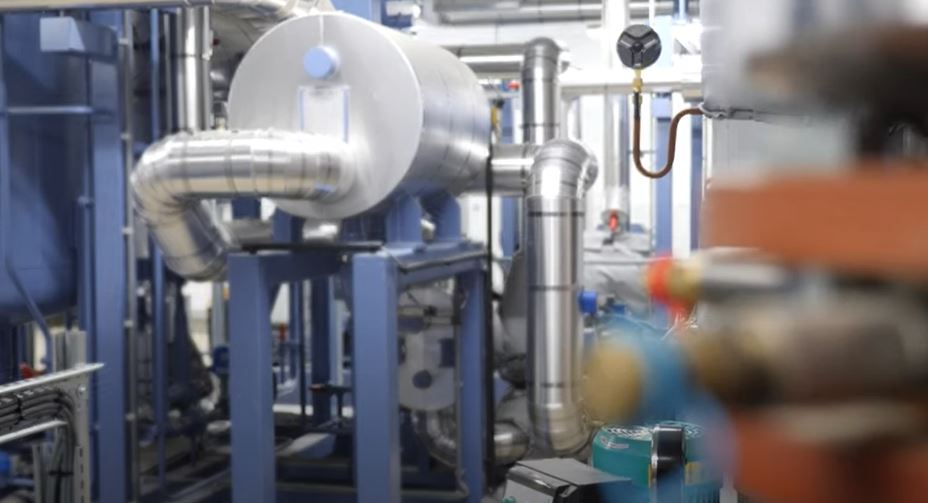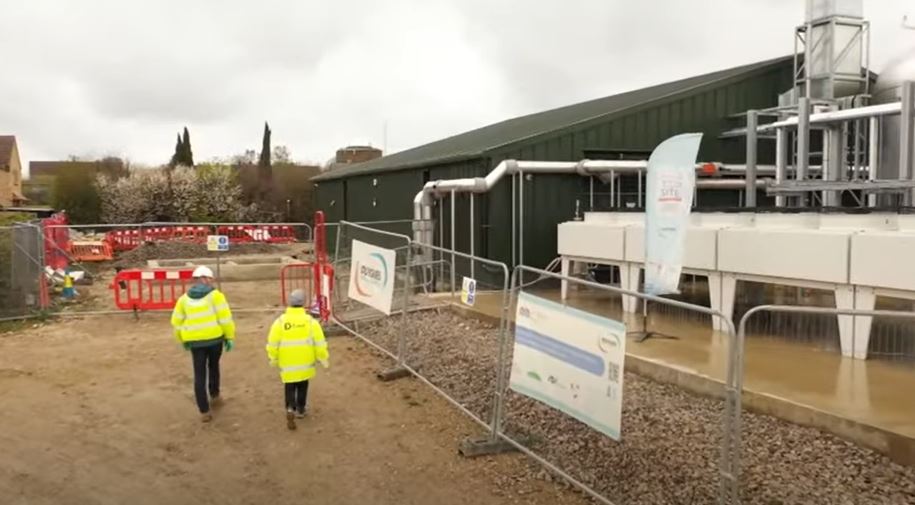How this rural homeowner ditched his oil tank and switched to 'hot water pipes' to heat his home

A rural homeowner is no longer dependent on his oil boiler to heat his rural property after switching to heating his home with hot water that is piped in instead.
Mike Barker has hooked up his home in the Cambridgeshire village of Swaffham Prior to the district heating scheme, where heat is delivered from a central energy hub to local homes and other buildings through a network of insulated pipes.
Communal heating typically generates heat at a central source using either air source or ground source heat pumps or a combination of the two. District heating systems come in many different sizes. The largest cover entire cities such as Stockholm in Sweden or Flensburg in Germany.
The technology is being put forward as a low-carbon alternative for the 1.1 million UK homes that are not connected the gas grid and are forced to rely on heating oil.
How did the homeowner switch to hot water pipes?
Swaffham Prior is the first village in the UK to retrofit a renewable heating network into an existing community.
The Swaffham Prior Heat Network was launched in 2022 and is comprised of a mix of air source and ground source heat pumps with the capacity to supply 1.7MW of heat to 300 homes.
Mike told Sky News: "It's just how you would normally heat your home. All it does is replace the heat from a boiler system to hot water that comes out of a pipe from the ground. There's a thermostat that sits in the living room, and we can set that like any heating system."
Bring your dream home to life with expert advice, how to guides and design inspiration. Sign up for our newsletter and get two free tickets to a Homebuilding & Renovating Show near you.
Cambridgeshire County Council owns the energy company and heat network assets and is responsible for its operation and management, as well as customer services. Technical partner Bouygues Energies and Services undertake technical repair and maintenance.
Heat generated from energy hub under nearby field
Heat is delivered to each home via an underground network of highly-insulated pipes running beneath the streets in Swaffham Prior. In every connected home, a heat interface unit transfers it to the radiators and hot water appliances.
The energy hub itself draws heat out of the ground with an extensive ground-loop borehole array with two ground source heat pumps and one air source heat pump.
Emma Fletcher, who developed the project, told Sky News: "This is a hot water system. We're taking water to 75 degrees, and then we're pumping it round the village to people's homes. It's a water system that makes sure that people can use their existing wet central heating system, and they've had no major disruption to their house."

How are the hot water pipes insulated?
The hot water pipes are specially insulated to maintain the water temperature when in transit around the village to people's homes to improve energy efficiency.
District heating schemes in the UK sometimes use steel pipework to meet the high operational temperatures that are needed to compensate for heat loss over large distances, but plastic pipes are growing in popularity because of their insulation performance allowing for lower temperatures to be used at the heat source.
Plastic pipes are also extremely flexible and can easily be installed around obstacles.

Plans to eventually run hub off solar power
The heat pumps use electricity from the grid at the moment, but the hope is that by the summer they will be almost entirely fed from a nearby solar farm and Cambridgeshire County Council says the system is adaptable – if new energy sources and technologies are developed in future decades, these can be plugged in to the heat network.
Cllr Nick Gay, vice chair of the council’s Environment and Green Investment Committee, said: “Making Cambridgeshire Net Zero is one of this administration’s main aims, but it is only something we can achieve if we all work together, which is why it is crucial we maintain even closer ties with local communities and work to their needs.
“We have shown at Swaffham Prior and through other investments – like Triangle solar farm and sustainable transport – that we are absolutely determined to make the transition to Net Zero by 2045, but to do so in a way which delivers widespread benefits both for residents and the local authority.”
Sam is based in Coventry and has been a news reporter for nearly 20 years. His work has featured in the Mirror, The Sun, MailOnline, the Independent, and news outlets throughout the world. As a copywriter, he has written for clients as diverse as Saint-Gobain, Michelin, Halfords Autocentre, Great British Heating, and Irwin Industrial Tools. During the pandemic, he converted a van into a mini-camper and is currently planning to convert his shed into an office and Star Wars shrine.

